Fetal Monitor
A fetal monitor is a medical device used to monitor the fetal heart rate (FHR) and uterine contractions of a pregnant woman during labor and delivery. It provides continuous or intermittent information about the baby’s heart rate and the mother’s contractions, allowing healthcare providers to assess the well-being of the fetus and the progress of labor.
These details provide a comprehensive overview of fetal monitors and their role in obstetric care during labor and delivery.
The information gathered from the fetal monitor helps healthcare providers make decisions regarding the management of labor, such as when to intervene, administer medications, or proceed with a cesarean section if necessary. Fetal monitoring is a standard part of obstetric care in hospitals and birthing centers to ensure the safety and well-being of both the mother and the baby during childbirth.
Description
Fetal Monitor
A fetal monitor is a medical device used to monitor the fetal heart rate (FHR) and uterine contractions of a pregnant woman during labor and delivery. It provides continuous or intermittent information about the baby’s heart rate and the mother’s contractions, allowing healthcare providers to assess the well-being of the fetus and the progress of labor.
There are two main types of fetal monitors:
- External Fetal Monitor: This type uses ultrasound transducers placed on the mother’s abdomen. One transducer records the fetal heart rate by detecting the baby’s heartbeat, while another transducer records uterine contractions by measuring changes in the abdomen’s shape.
- Internal Fetal Monitor: In certain situations, an internal fetal monitor may be used. This involves attaching an electrode directly to the baby’s scalp (fetal scalp electrode) to monitor the heart rate more accurately. A small catheter can also be placed inside the uterus to measure uterine contractions (intrauterine pressure catheter).
- Purpose: Fetal monitors are used primarily during labor and delivery to monitor the fetal heart rate (FHR) and uterine contractions. Monitoring helps healthcare providers assess the well-being of the fetus and the progress of labor.
- Components:
- Fetal Heart Rate (FHR) Monitoring: This measures the baby’s heart rate, which is crucial for evaluating fetal well-being. It can detect abnormalities such as fetal distress.
- Uterine Contraction Monitoring: Monitors uterine contractions to determine their frequency, duration, and strength. This information helps in assessing the progress of labor.
- Types of Fetal Monitors:
- External Fetal Monitor: Uses ultrasound transducers placed on the mother’s abdomen to monitor FHR and uterine contractions externally.
- Internal Fetal Monitor: Involves placing an electrode on the baby’s scalp (fetal scalp electrode) for more accurate FHR monitoring. An intrauterine pressure catheter may also be used to measure uterine contractions internally.
- Monitoring Modes:
- Continuous Monitoring: Provides real-time, continuous monitoring of FHR and uterine contractions throughout labor.
- Intermittent Monitoring: Involves periodic checks of FHR and contractions at specific intervals, depending on the stage of labor and the mother’s condition.
- Clinical Applications:
- Assessment of Fetal Well-being: Detects signs of fetal distress or abnormal FHR patterns.
- Labor Management: Guides decisions on interventions such as medication administration or cesarean section based on monitoring data.
- Documentation: Records data for medical documentation and legal purposes.
- Safety and Considerations:
- Fetal monitoring is generally safe, but it’s important for healthcare providers to interpret the data accurately to avoid unnecessary interventions.
- Proper positioning and application of monitoring devices are essential to ensure accurate readings.
- Advancements:
- Wireless Monitoring: Some fetal monitors now offer wireless capabilities, allowing greater mobility for the mother during labor.
- Integration with Electronic Health Records (EHR): Data from fetal monitors can be directly integrated into electronic health records for comprehensive patient management.
These details provide a comprehensive overview of fetal monitors and their role in obstetric care during labor and delivery.
The information gathered from the fetal monitor helps healthcare providers make decisions regarding the management of labor, such as when to intervene, administer medications, or proceed with a cesarean section if necessary. Fetal monitoring is a standard part of obstetric care in hospitals and birthing centers to ensure the safety and well-being of both the mother and the baby during childbirth.

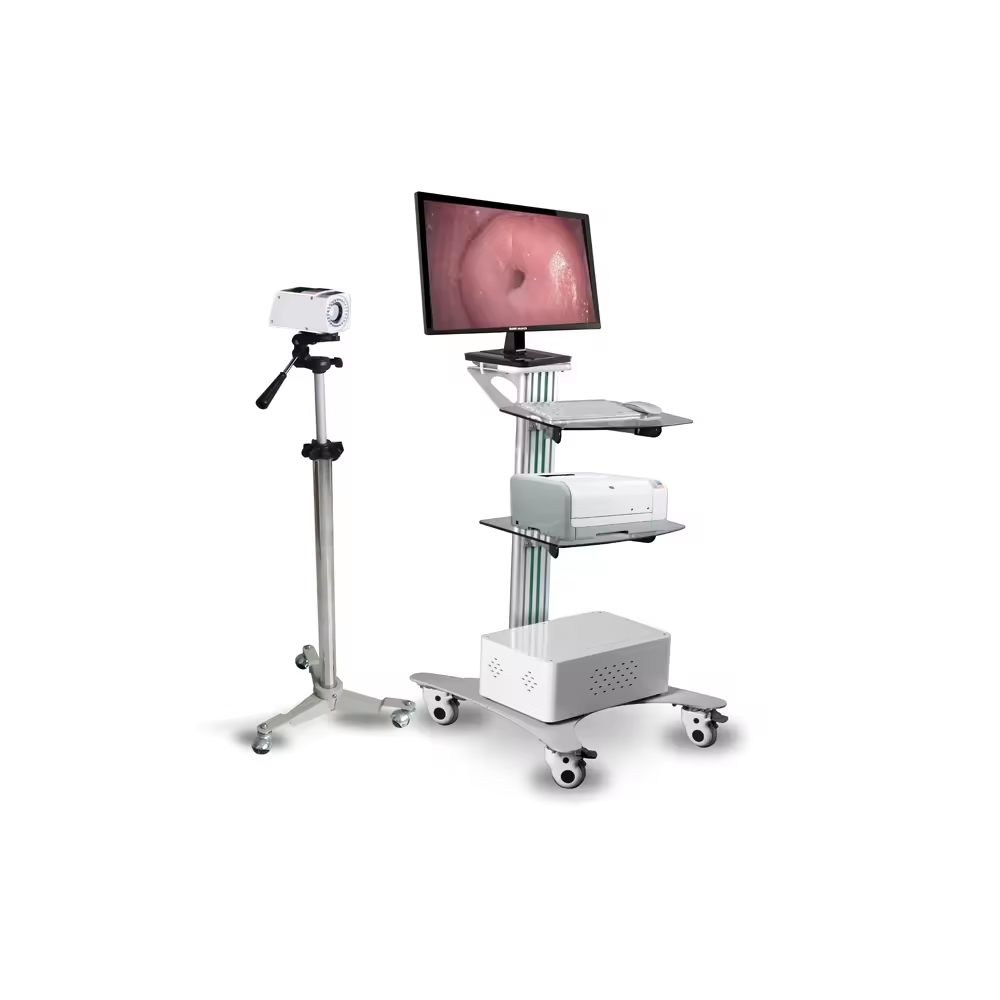

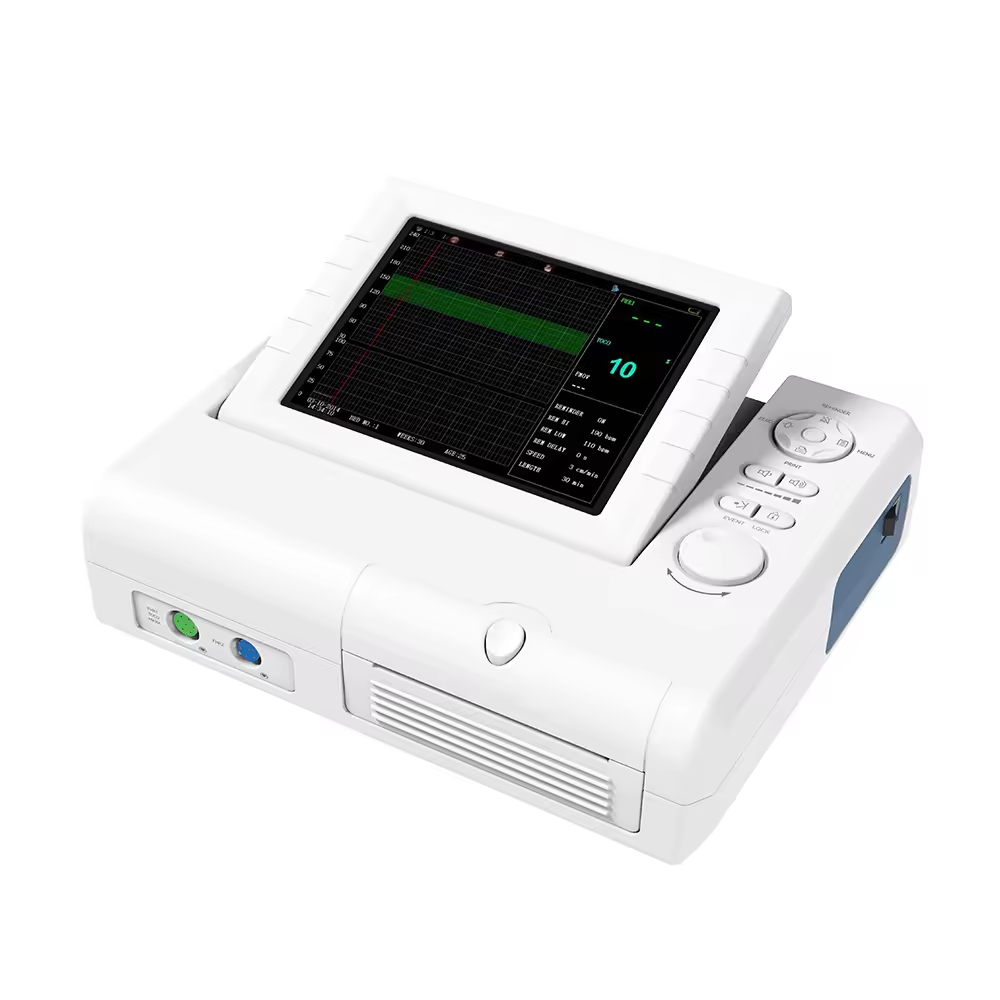

















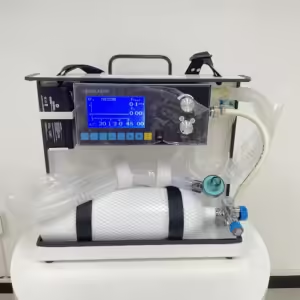
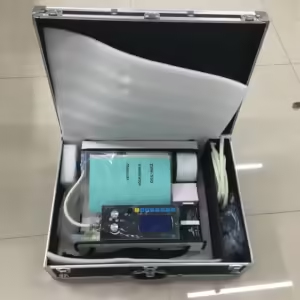
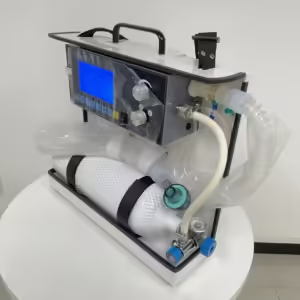
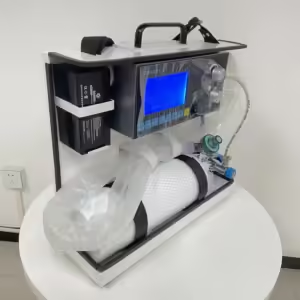

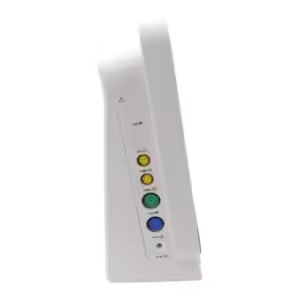

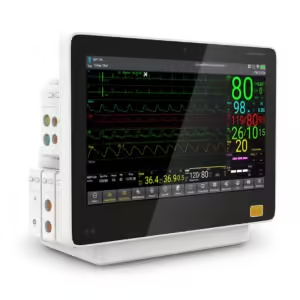
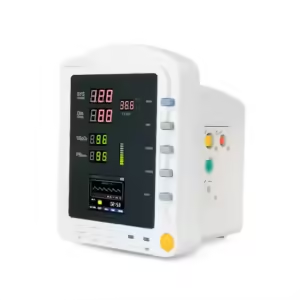












Reviews
There are no reviews yet.